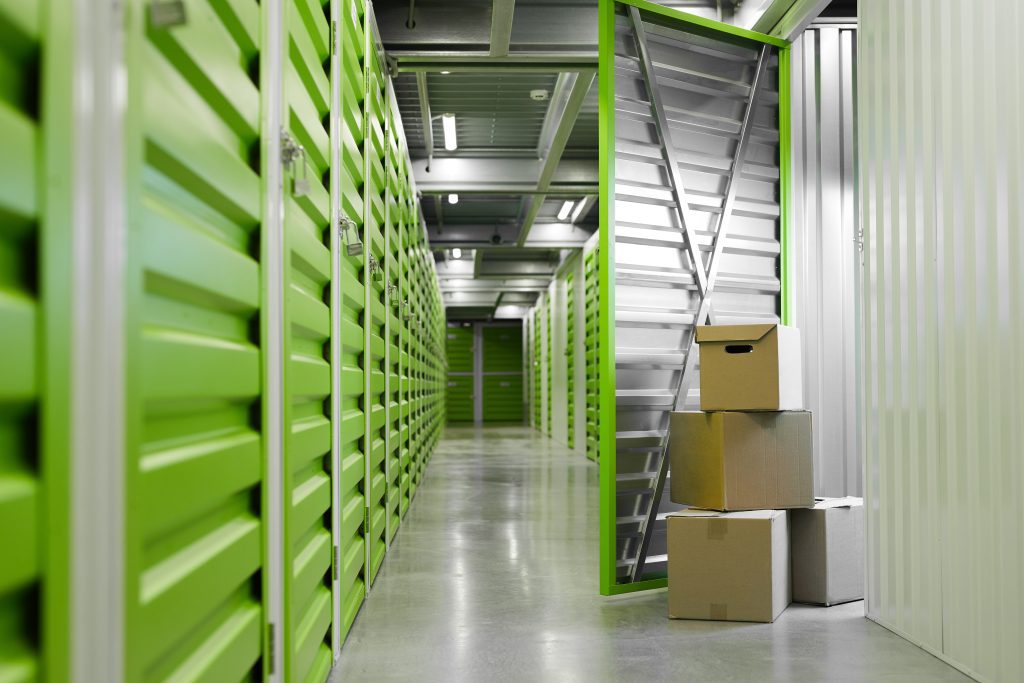The smallest storage unit commonly offered by storage companies ranges from about 5×5 feet to 5×10 feet. A 5×5 storage unit, equating to 25 square feet, is often considered the smallest standard size available, resembling a large closet. This compact unit is ideal for storing items like small furniture pieces, seasonal decorations, boxes of personal belongings, or business records. Its size suits those looking to store a few items to declutter their living space or need a temporary storage solution during a move. Despite its small dimensions, a 5×5 storage unit can surprisingly accommodate many items, provided they are packed and organized efficiently. This makes it a popular choice for individuals living in urban areas where space is at a premium or for those seeking an affordable storage option without needing a large footprint.
The smallest storage unit size, often around 5 feet by 5 feet or similarly sized to a small closet, is ideal for storing various items that don’t require a lot of space. Here are some items that are suitable for such a compact storage unit:
These units are economical for those who need just a bit more space. They’re also ideal for individuals living in apartments or smaller homes who may need extra storage for items that are not used daily.


Labeling and categorizing items in storage is crucial for easy retrieval. Use clear and concise labels that describe the contents of containers or shelves. Color-coded labels can help differentiate categories. Create a detailed inventory list with corresponding labels for reference. Group similar items together in clearly designated areas. Update labels as needed when items are added or removed.
To keep your items in good condition, you should pack them properly and consider the climate control options of your unit. Use sturdy boxes and protective materials, particularly for fragile items. Avoid packing items too tightly, which can lead to damage. If your items are sensitive to temperature or humidity, consider renting a climate-controlled unit. Furthermore, keep items off the floor to protect against any possible water damage, and cover large items with sheets or tarps for added protection.
When choosing a self-storage unit, consider how big it is, where it is located, how secure it is, and how much it costs. This way, you can be sure that the unit will meet your needs and budget.
Packing a 10×10 storage unit requires a systematic approach to fully utilize the space while ensuring that items are protected and accessible. Begin by creating a floor plan to visualize where large items and furniture will go. Disassemble any large furniture pieces to save space and protect them during storage. Use vertical space to your advantage by stacking boxes and placing taller items upright. Heavier items should be placed at the bottom of stacks, and lighter, more fragile items on top. Consider leaving an aisle down the middle or to one side for easy access to items at the back of the unit. Fill drawers and empty spaces within furniture with smaller items or boxes to maximize space. Label all boxes and keep a detailed inventory to help locate items quickly when needed.
A self-storage unit is typically a rented space within a facility that is used for storing personal belongings, while a container rental is the rental of a shipping container that can be used for storage or transportation.
Yellowhead Storage does not impose a limit on the number of items you can store in a unit. However, it’s important to properly organize and stack items to maximize the space and ensure safety.
Whether you need St. Albert self storage or storage units in Sherwood Park, we have plenty of room for all of our local residents. Compare our prices with other storage facilities, then sign up with us today for cost-effective, secure storage for your belongings!
If you are looking for storage facilities in Edmonton, we provide friendly and efficient customer service, top-security storage, mobile storage options, and competitive pricing. Call us today and store your belongings with Edmonton storage you can trust!
Discounts including, Military & First Responders, Multi-Units, Student, Seniors and Disability. Get the best deal on storage unit rental prices.
If you find a lower rate, with proof of price, we offer you a rate of 5% less than our competitor’s price!
Please note the 5% less applies only to rentals
** Competitor price match is only available to valid competitors within the city limits of Edmonton.
May 1st to August 30th
Monday: 8 am – 6 pm
Tuesday: 8 am – 5 pm
Wednesday: 8 am – 6 pm
Thursday: 8 am – 5 pm
Friday: 8 am – 5 pm
Saturday: 9 am – 4 pm
Sunday: 10 am – 2 pm
Closed Holidays


Sign Up Now!